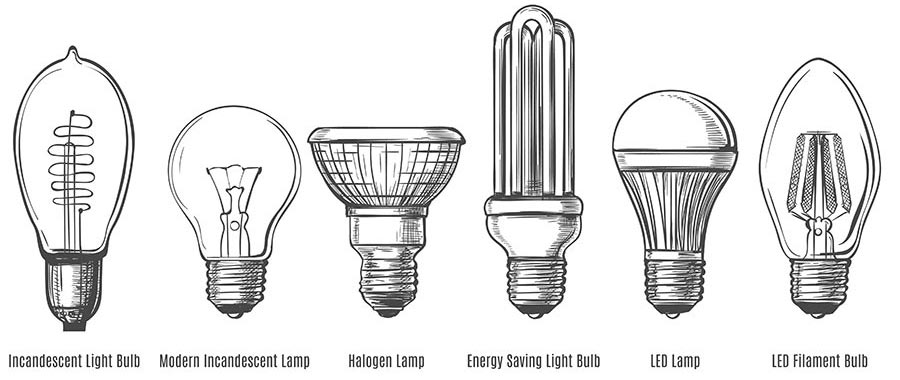Author: Mark Tregunna
I am often asked to give advice on energy saving options by customers visiting our Merseyside showroom. This guide to energy saving lighting for your home is designed to inform you of the options currently available, together with an explanation of the benefits to you.
Since the 2009 EU directive phasing out the manufacture and sales of incandescent light bulbs, we have seen a steady rise in the use of energy efficient lighting. In the following years we have seen a shift from these watt burning bulbs to halogen equivalents, saving around 30% energy and lasting twice as long.
These were followed by compact fluorescent lamps, which saved the consumer around 70% of electricity and lasted 8 times as long. Now we have readily available LED light bulbs, saving upwards of 90% of energy while lasting, in some cases, 20+ times as long as your old-fashioned filament type bulbs.
The problem with the incandescent bulb is that less than 10% of the energy used gets converted into light, with the remaining 90% lost as heat. As technology moved forwards, we found ways of converting more of the energy used into light output. Today, LED manufacturers have created a product which is barely warm to touch and emits dazzling bright light while using a fraction of the energy.
Summary:
- Switch to LED: Save up to 90% on lighting energy costs
- Replace wisely: Focus on lumens (light output), not watts
- Use smart controls: Motion sensors, dimmers, and timers
- LEDs last longer: Less waste, fewer replacements, and better for the planet



